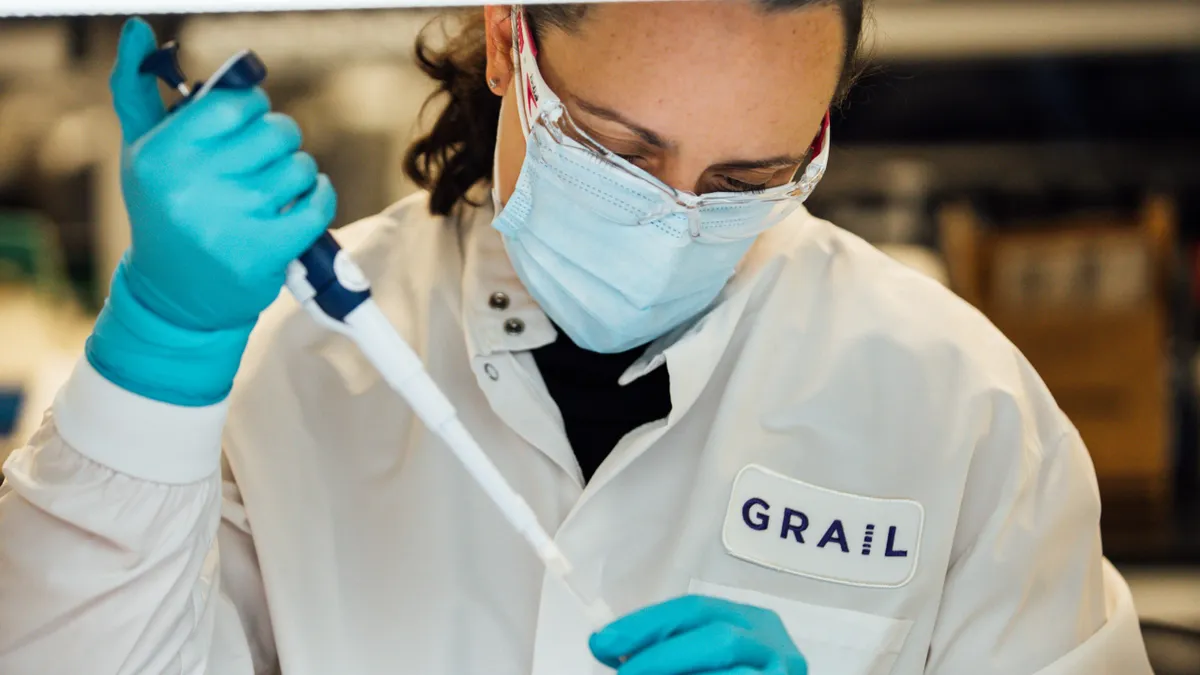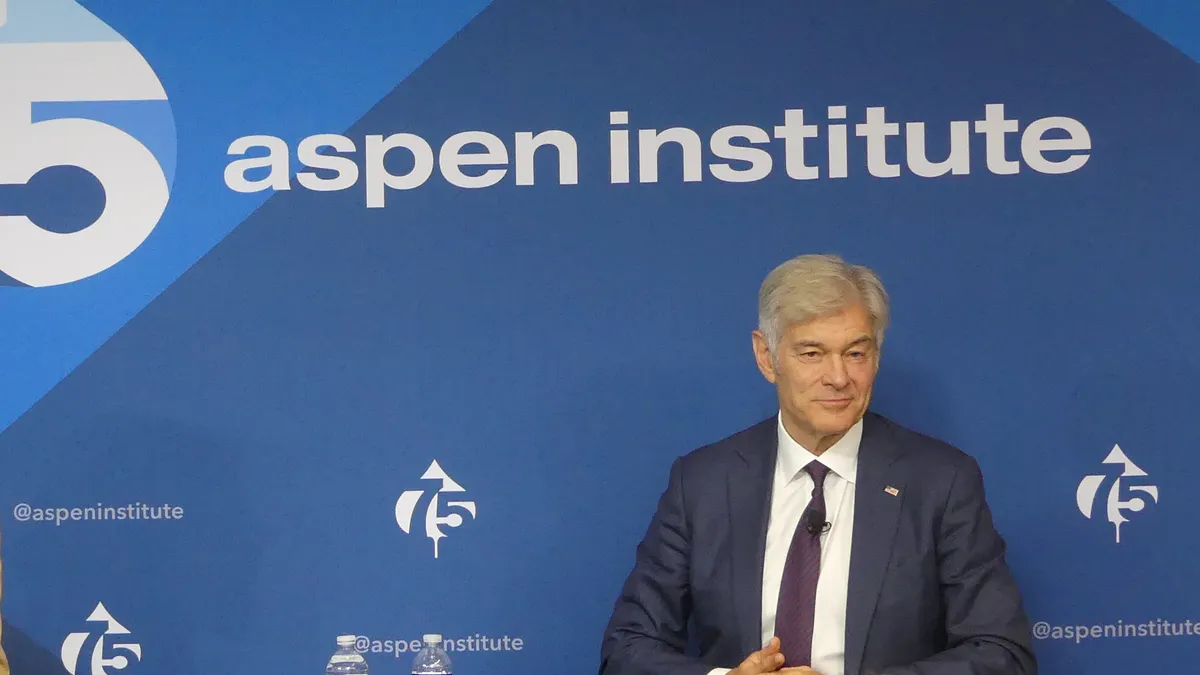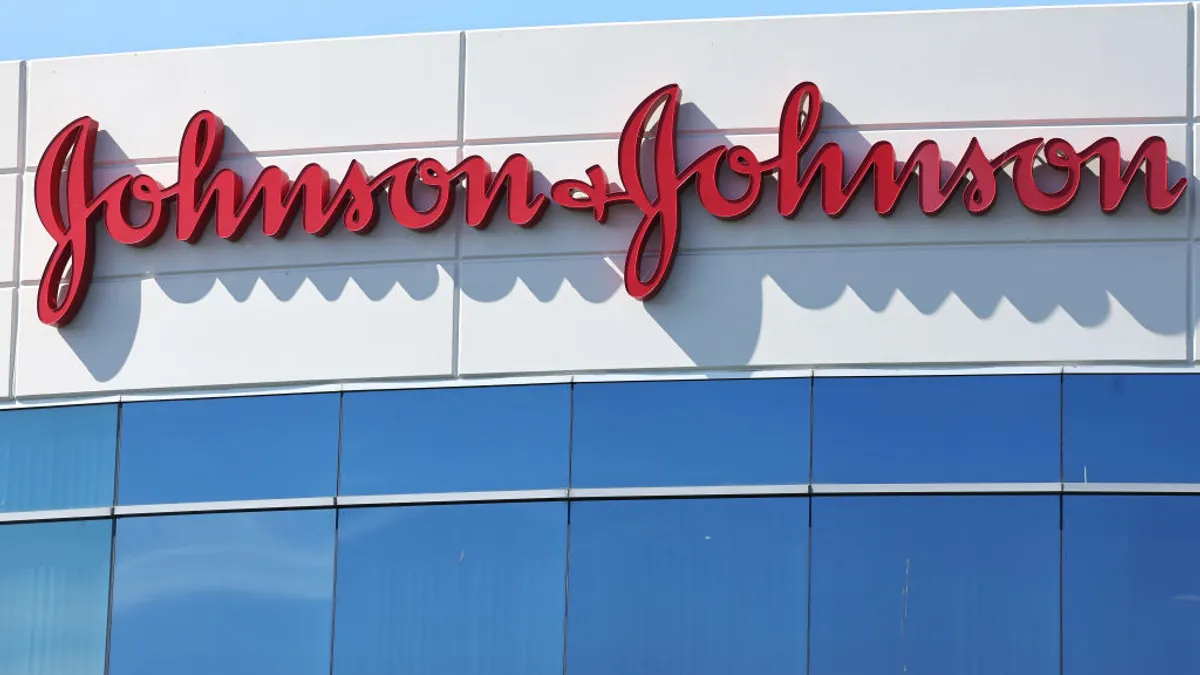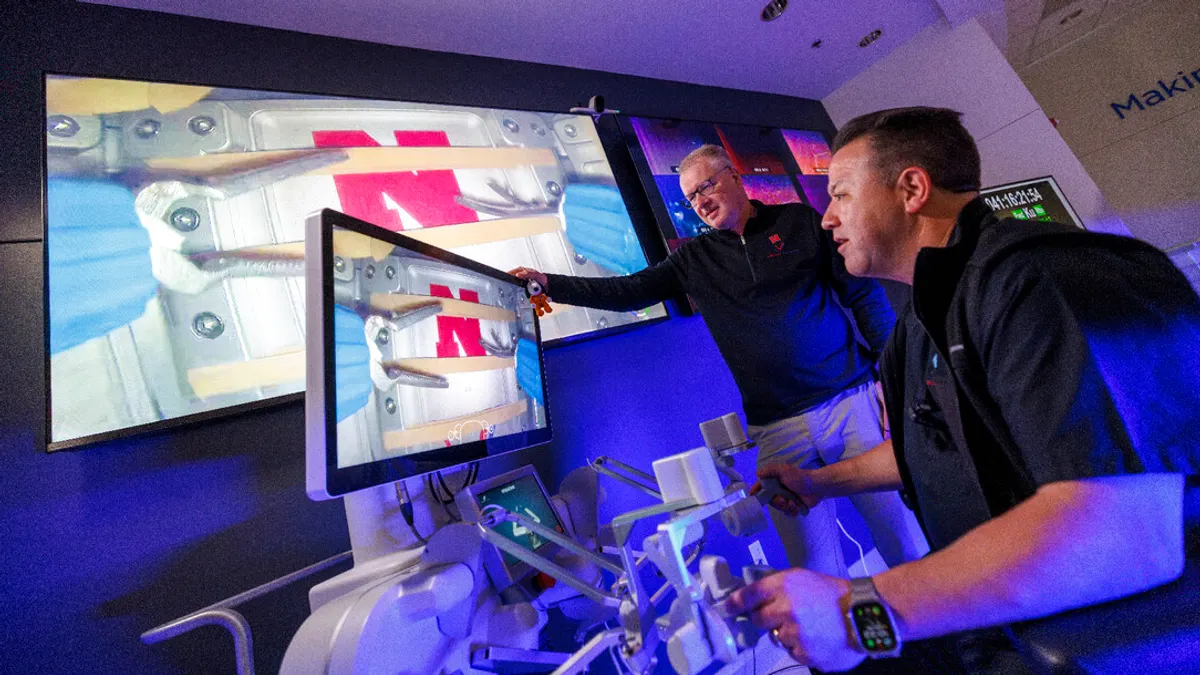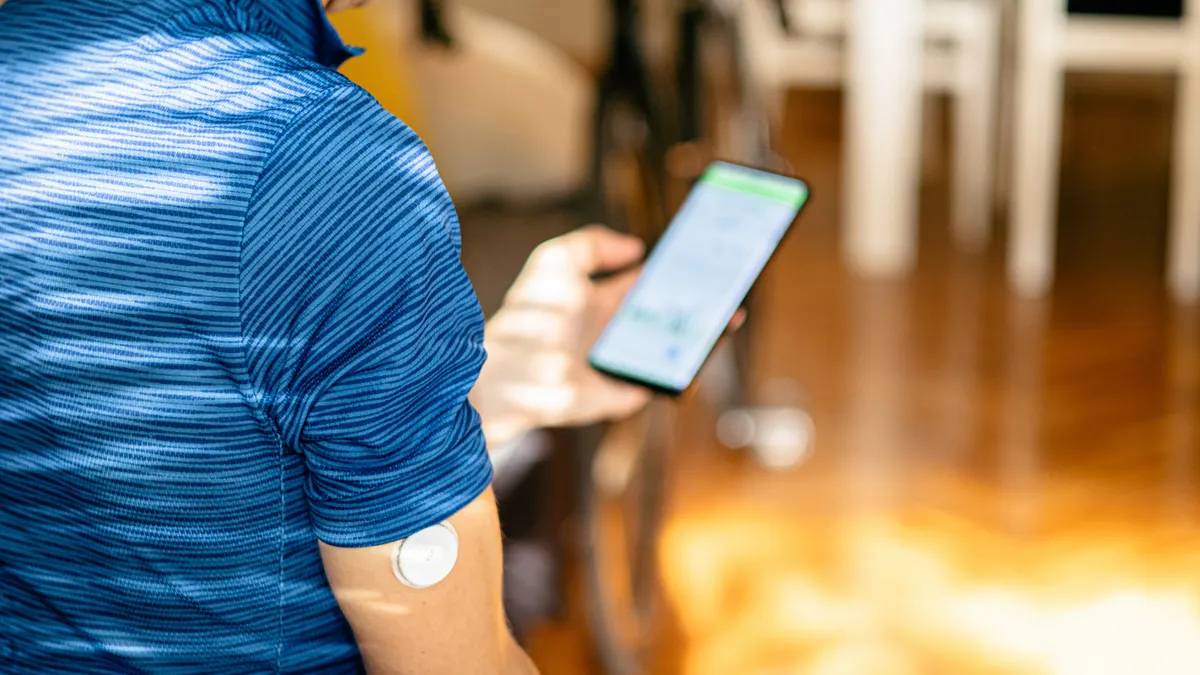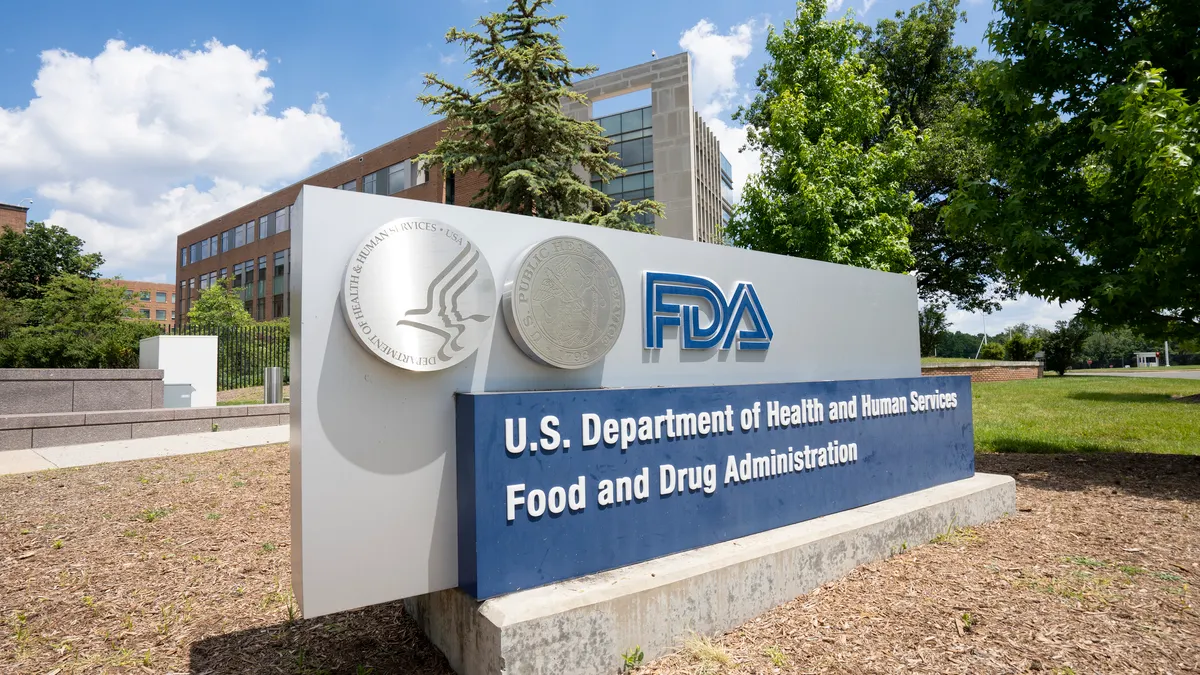Editor's note: This is the first story in a two-part series on the medtech IPO landscape. You can read the second story on how to take a company public here.
When Ceribell went public in October, the window for medtech initial public offerings was open just a crack — if not shut completely.
Ceribell, which develops technology to help diagnose patients with neurological disorders, led a rush of public offerings activity in just a few months, breaking a three-year drought in IPOs. The new public offerings prompted questions about whether the medical device industry could have another IPO moment after a 2021 spike.
“At that time, we debated potentially being the first med device IPO in a few years,” Ceribell CFO Scott Blumberg said in an emailed statement. “Initially we, and I think a number of peers, saw greater appeal in letting another company take the risk of being first. In recent history, the fast followers had received premium valuations for being the first company to go public in a window.”
Aaron DeGagne, a senior healthcare analyst with PitchBook, said the medtech industry’s IPO decline followed the later stages of the COVID-19 pandemic, which had zero interest rates and more favorable market dynamics, and was pre-inflation. There were 51 IPOs in 2021, up from 24 the prior year, according to data from PitchBook, which includes private equity and venture capital offerings.
“But since then, it’s been pretty tough,” DeGagne said. He highlighted Tempus AI as one of the few companies to go public during those years.
Medtech IPOs spiked in 2021
There has been a small burst of IPOs in the few months since Ceribell went public late last year, when the company raised more than $207 million. Anteris Technologies, a heart valve developer, raised nearly $89 million when the company went public in December. Diabetes tech firm Beta Bionics followed in January, raising about $212 million, and Kestra Medical also raised $202 million when it went public in March.
The latest activity could be a signal that the IPO drought ends this year, as more companies may be ready to test the market.
“Because the gap in IPO activity was so prolonged — just over three years — the quality of most mature medical device companies is extremely high,” Blumberg said. “There are multiple medical device companies with profiles that should make them excellent IPO candidates, potentially even in a turbulent market.”
John Babitt, a partner with EY, said that “if the window is open in the second half of ‘25 … we'll see a decent amount of medtech IPOs.”
While companies carefully select the right moment for an IPO, the recent public offerings could also inspire others to follow. Furthermore, Babitt said there was a long list of $100 million funding rounds in the first quarter of 2025 — a level he has not seen in his more than 25 years covering the industry — which is another indicator that companies may be ready.
However, a volatile economy, beginning shortly after President Donald Trump took office in late January, complicates the moment. While tensions recently eased with a U.S.-China deal to reduce tariffs for 90 days, the uncertain economic environment could influence companies’ decisions.
Blumberg, who answered MedTech Dive’s questions in April during the economic drop, said some companies may decide to wait.
“Depending on how things play out, some of these companies may elect to wait for calmer markets,” Blumberg said. “I have no doubt that they will have ample funding opportunities and it is only a matter of time before we see a new class of very high-quality public medical device companies.”
Lack of control
Companies typically go public as a way to pay out private investors and raise money after demonstrating solid fundamental financials. It’s not a simple decision to make, however — going public is a long and challenging process that can take the better part of a year, require dozens of meetings with banks and potential investors, and should only happen when a company has the correct financials and leadership team in place.
Ceribell first decided to pursue an IPO in 2024 — about nine months before the actual IPO date — after preparing for about three years.
Babitt said one of the key factors for companies is to have reliable visibility into their revenue streams, and they must demonstrate that visibility to institutional investors, along with about a $50 million run rate. Companies that do not have good revenue visibility tend to struggle once public, he added, which was the case for some companies in the 2021 IPO spike.
Companies that had $30 million or $40 million in sales but didn’t have visibility and were unable to grow revenue by double digits in a quarter were “punished, quite frankly,” said Babitt, who did not name specific firms.
One of the biggest challenges after going public, along with forecasting and delivering on growth every quarter, is being vulnerable to market dynamics that are largely out of your hands.
“There's a lack of control that's frustrating,” Beta Bionics CEO Sean Saint said. “The market moves, and all of a sudden, our stock moves for zero reason associated with anything with Beta Bionics.”
Saint explained that macroeconomic factors move the stock for a number of reasons, including Beta Bionics being a smaller stock, a new entrant to public markets and investors not yet building up complete positions.
“For those reasons, we've become more volatile than the market as a whole,” he added. “We understand why that is, but it doesn't change the fact that we have zero control over it.”
Companies that recently held public offerings — and chose their go-public dates months ahead of time — quickly learned that lesson. Stock prices for the new companies have mostly struggled for much of the year as macroeconomic conditions have whiplashed the U.S. economy under the Trump administration, largely due to its tariff strategy.
Ceribell, Beta Bionics and Anteris all saw their stock prices decline in late March and April when tariff tensions were high.
The lack of control, Babitt said, is why “you want high-quality candidates from whatever sector to be out there, so that their story truly hasn't changed; their revenue profile truly hasn't changed.”
New medtech stocks have mostly struggled
Babitt said companies that work with EY have not decided to cancel their planned IPOs because of recent volatility.
The question of whether the medical device industry’s IPO window is open has a complicated answer. The four public offerings in as many months could be a sign that more companies are ready — the IPOs themselves could also inspire activity. Or companies could delay to let the economy settle for a little while longer.
The lengthy timeline of a public offering could also mean that companies that planned in January, or sometime in the first quarter, to go public will not actually begin selling shares until 2026, regardless of economic conditions.
PitchBook’s DeGagne said 2025 will likely not be the IPO moment others believe it could be. Medline Industries is rumored to be looking to go public in the near future, a company DeGagne is watching, along with Heart Flow, which develops artificial intelligence for coronary artery disease.
Medtronic also announced that it plans to spin off its diabetes business and take the company public through an IPO within the next 18 months.
“We could see some additional listings here and there. But I think a lot of companies are still comfortable kind of waiting on the sidelines for now,” DeGagne said.
Babitt sees it differently. EY has already worked with several companies that plan to go public. Kestra and Beta Bionics also upsized their expectations at the last minute. For example, Beta Bionics originally planned to raise about $114 million but ultimately raised more than $200 million.
“Everybody took notice of that,” Babitt said.
An IPO window does need a stable market to remain open, otherwise good candidates will wait or could even pursue other avenues like M&A. As tariff tensions ease with China, and the stock market rebounds, that moment could be here.
“I'm optimistic with the second half,” said Babitt.
Clarification: This story was updated to reflect that Ceribell's technology is used to help diagnose patients with neurological disorders.




